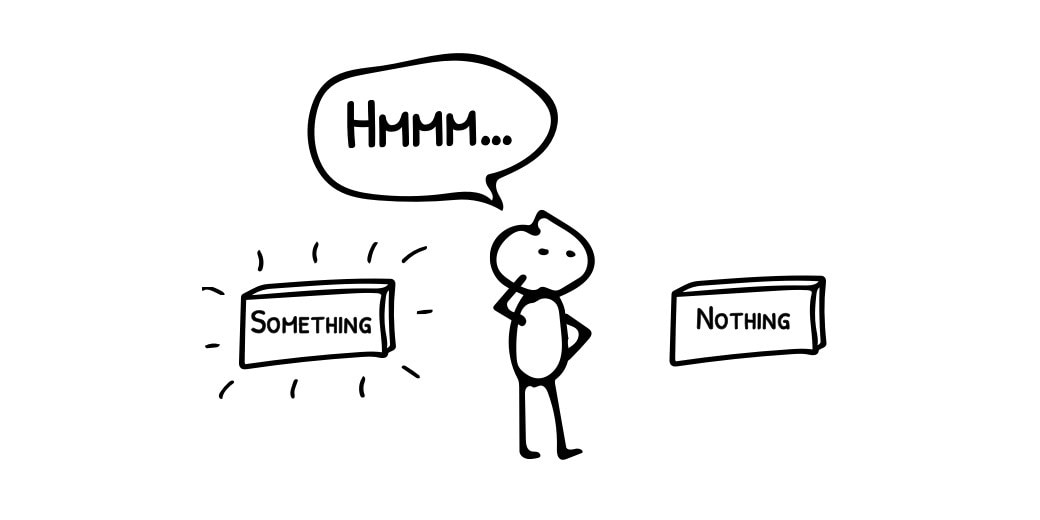If You Do Nothing - That's What You'll Be Good At
Even healthy brains age and that aging process is associated with a range of issues, including problems with working memory and, worst case scenario, the development of dementia or Alzheimer’s disease.
It’s known that people who remain active have lower risk factors associated with dementia and general cognitive decline.
A substantial body of research has looked for ways to reduce brain aging, some involving diets, others focusing on broader lifestyle factors and even medication. Two recent studies among this research point toward something simple, free, and readily available: light, consistent exercise. However, this is where the similarities between these two studies ends.
The first study from the Boston University School of Medicine, Framingham Heart Study, found a link between light intensity physical activity and reduced brain aging. Every hour of additional light exercise performed weekly was associated with a reduction in brain aging equivalent to more than one year. This is good news for those who can’t — or won’t — exercise at higher intensities.
The study concludes, that every additional hour of light intensity physical activity was associated with higher brain volumes, even among individuals not meeting current Physical Activity-Guidelines. This data is consistent with the notion that potential benefits of physical activity on brain aging may accrue at a lower, more achievable level of intensity or volume.
Hoorah you say. No weights, no sweat, no strain just light moderate exercise. Perhaps a brisk walk will do the trick. Well the truth is that anything is better than nothing.
And if that lights your fire, you’ll love this.
In the journal Frontiers in Physiology, researchers at the University of Montreal report that eight weeks of gross motor skills training – a broad category that includes navigating obstacle courses and learning to juggle – boosted cognitive function in older adults and raised levels of a brain-growth chemical called brain-derived neurotrophic factor, or BDNF, even more than a combination of aerobic and strength training.
The study’s author Nicolas Berryman, now a professor at Bishop’s University in Lennoxville, Quebec, asked a group of subjects to follow a program that included yoga-style flexibility work, breathing exercises, walking through obstacle courses, juggling lessons and throwing balls at targets. To the research team’s surprise, this “control” group matched the improvement in cognitive function as much as the aerobic and strength exercise participants.
When Berryman and his colleagues looked deeper into scientific literature, they found that other researchers had been encountering the same effect. Training programs that involved co-ordination and balance training, hula hoops, obstacle courses and other unconventional elements, it seems to have the same effect on the brain as more conventional exercise.
For instance, another recent study produced a similar ‘surprise’ result. British researchers gave either regular or electric bicycles to 74 older adults, then asked them to cycle three times a week for eight weeks.
Both groups improved their cognitive function – but contrary to expectations, the e-bike group did just as well as the regular bike group, despite presumably not having to pedal as hard. Getting outside and exploring, as well as learning to ride an unfamiliar e-bike, had benefits beyond the simple aerobic challenge, the researchers concluded.
So you see, anything is better than nothing. So why are you still sitting in front of your computer reading this. Get out there and do something, anything!

